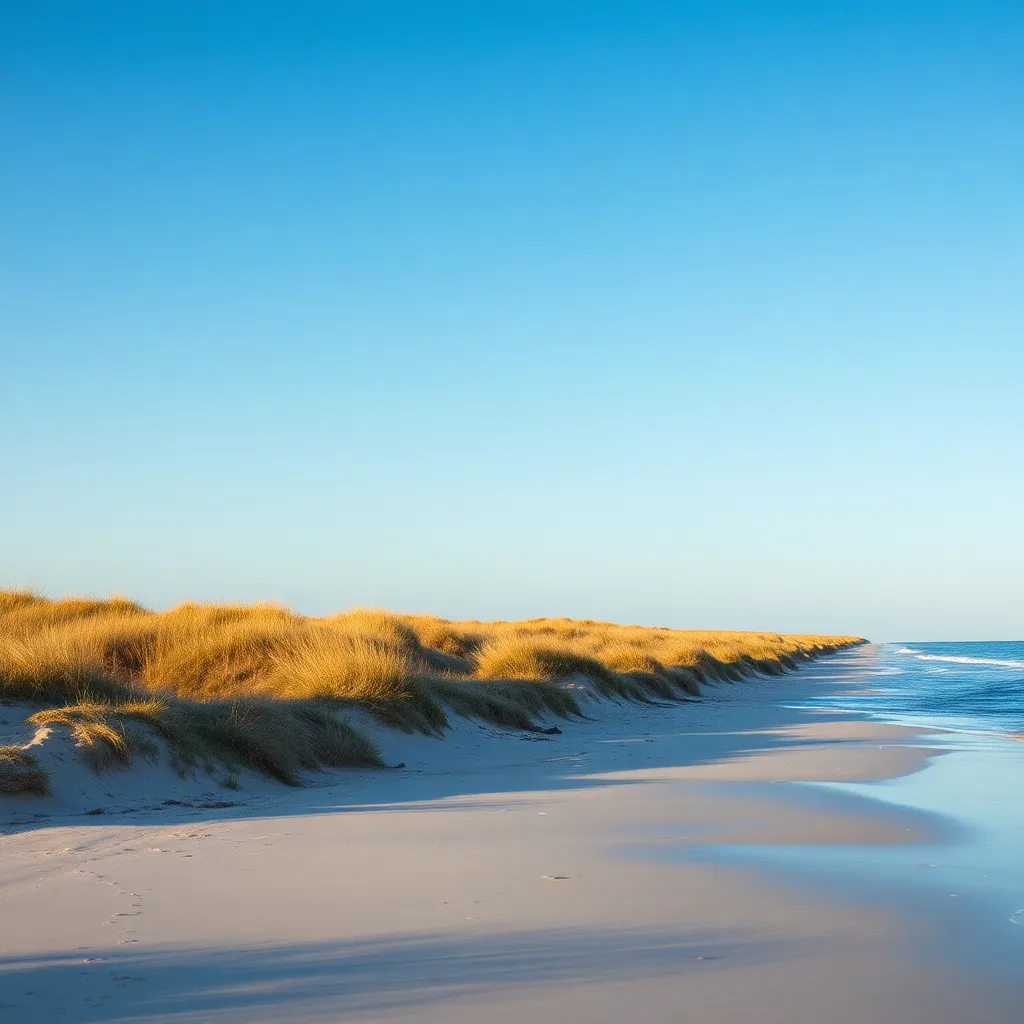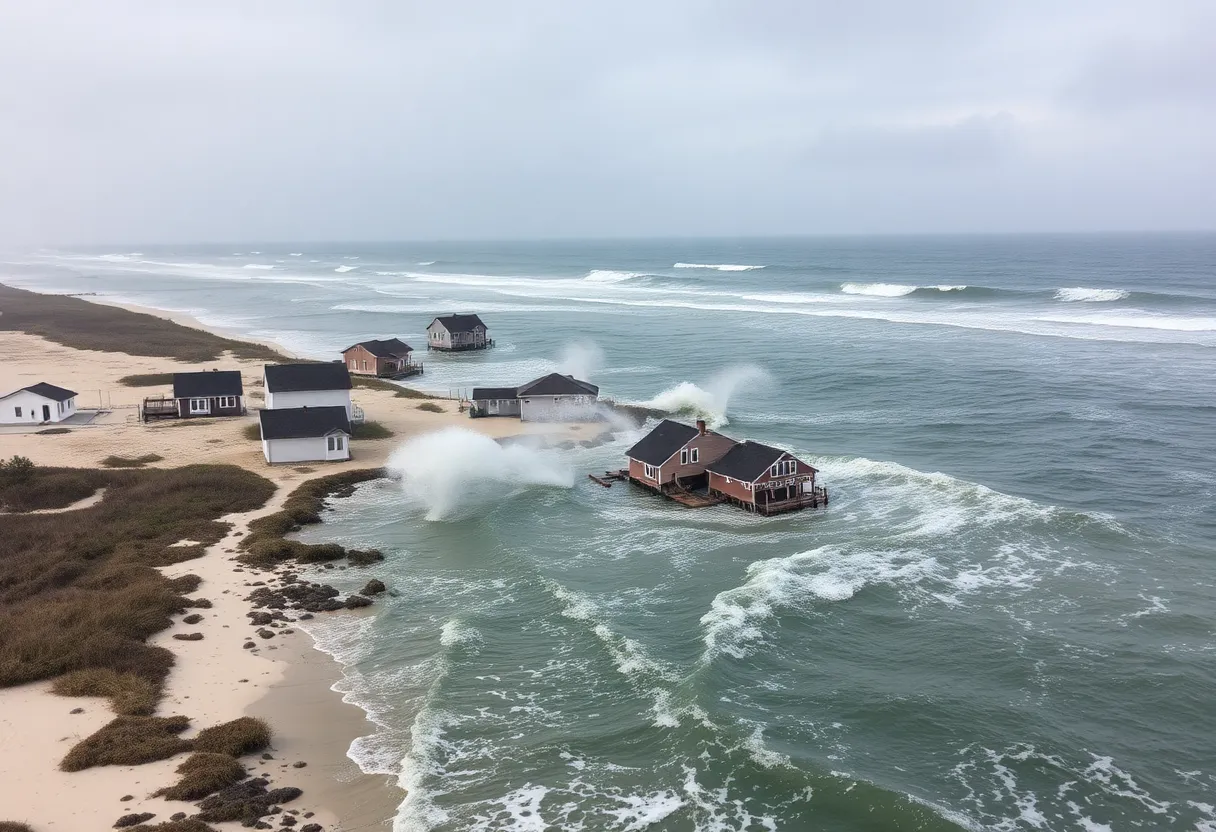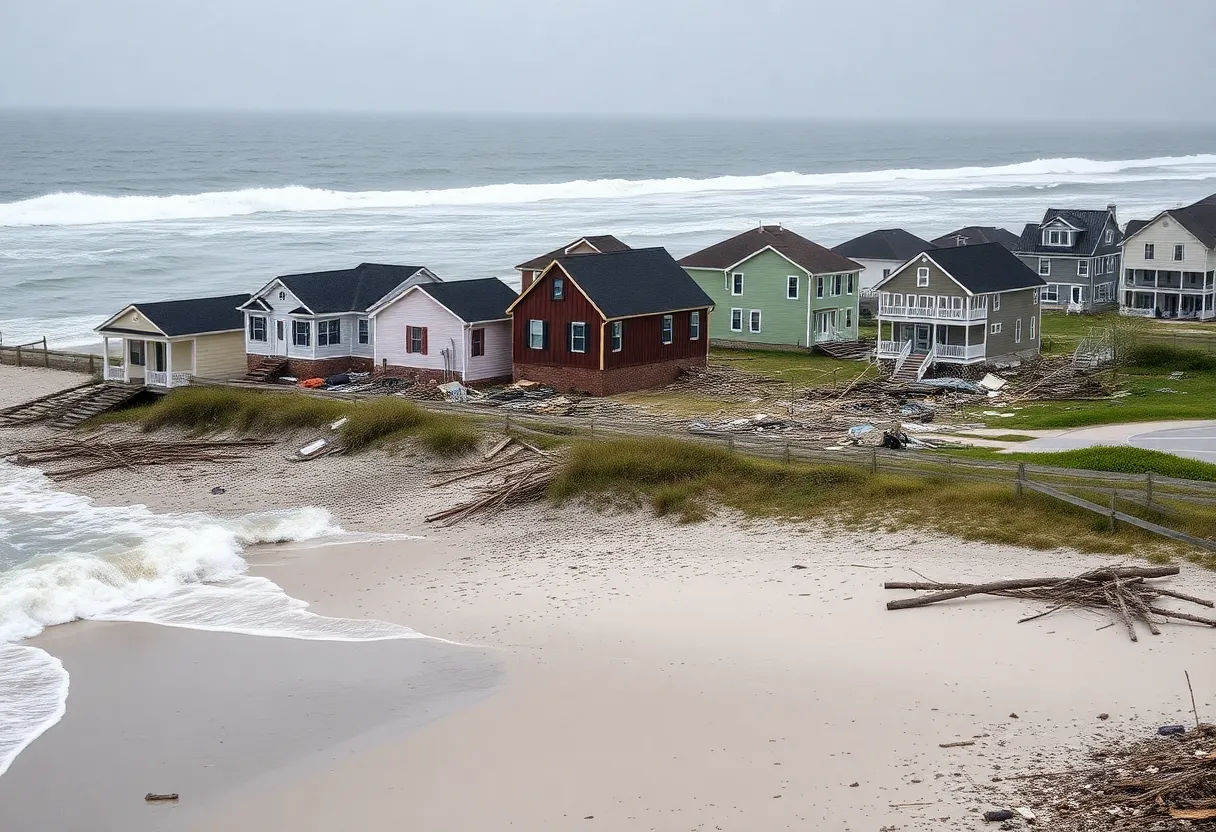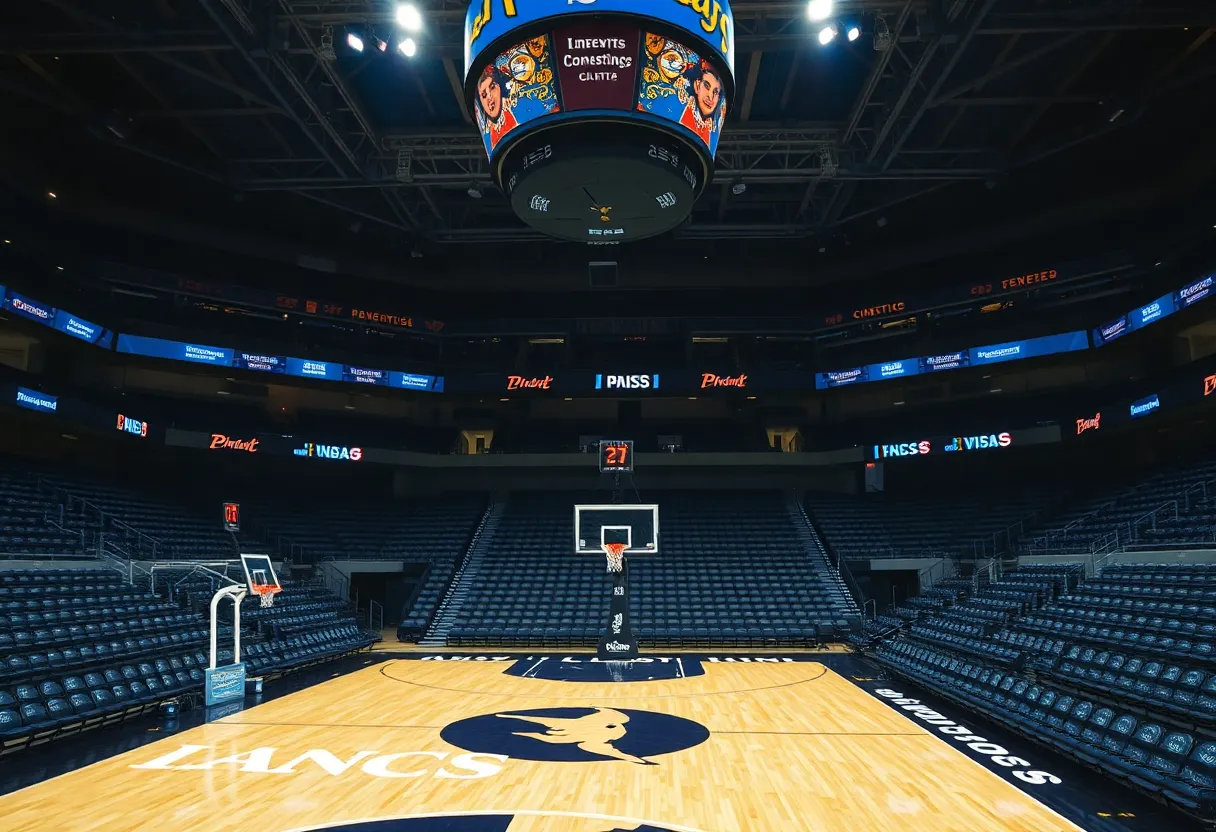Rodanthe, N.C.: Understanding the Complexities of Barrier Islands
Ah, beautiful Rodanthe—a picturesque part of the Outer Banks, renowned for its stunning beaches and serene landscapes. But for the folks who live here, it’s more than just eye candy; it’s a constant battle against forces of nature. You see, the Outer Banks are barrier islands, and navigating the challenges that come with that requires a deep understanding of coastal systems.
What Are Barrier Islands?
Reide Corbett, who has called the Outer Banks home since 2012, has dedicated over two decades to studying these coastal systems. “The way barrier islands work and maintain themselves are through three processes,” he explains. “You can think of a longshore current.” These currents, moving water from north to south, also transport an essential element for the island’s survival—sand. Sand, in essence, is food for the islands, helping them remain resilient.
In addition to longshore currents, there are two more crucial processes: inlets and overwash. Inlets aid in moving sand around the island, while overwash involves transferring sand from the ocean-facing side to the back. All of these natural processes contribute to what makes these islands healthy and thriving.
However, with so much infrastructure dotting the landscape today, these natural processes are undergoing significant changes. “As you start building infrastructure on a barrier, it starts changing those natural processes,” Corbett notes. The return of overwash and the management of inlets have shifted due to our continued development along the coast.
The Erosion Dilemma
One term often linked with barrier islands is erosion. In fact, it’s a constant issue across the Outer Banks, but Rodanthe is becoming quite infamous for it, with erosion rates documented at around 10 to 15 feet per year. Corbett explains, “We’ve seen an uptick in that short-term erosion rate over the last several months,” attributing this to factors like storm frequency and wave action.
It’s no longer just about having a less spacious beach for sunbathing; the reality has become much starker. “I lost my porch, the pool was taken by the ocean,” says Corbett. And it’s true; residents have been hit hard, with five homes swallowed by the sea just this year and a total of ten since 2020.
The Bigger Picture
The situation in Rodanthe isn’t just a local problem; it’s a pressing issue for coastal communities nationwide. Corbett emphasizes, “This is likely a precursor to what’s going to happen more along the Outer Banks and along many coastal communities throughout the U.S.” He discusses the inevitable rising sea levels, predicting a rise of one to one and a half feet in the next 30 years, partly due to the four to five millimeters of sea-level rise per year that the region is already experiencing.
Possible Solutions?
Sooner or later, we have to face the question: What can we do? Beach nourishment projects have been discussed for broader areas, yet Corbett cautions it may not suffice for places like Rodanthe. “It’s not going to last,” he cautions. “It would truly be just a band-aid for a very short period.”
Perhaps a more sustainable approach would be to reevaluate our building practices along these vulnerable shorelines. “We need to provide incentives to back off of that shoreline. The baseline should be, do no more harm.”
A Collaborative Approach
In this pressing situation, Dare County and Cape Hatteras National Seashore leaders are actively seeking funding and common ground to tackle the issue. Yet, as Corbett explains, “It’s not going to be a win-win for everybody, and that’s something that we have to get comfortable with.”
While the community strives for solutions, one thing is clear: Mother Nature isn’t hitting the pause button anytime soon. The fine balance between development and preserving Rodanthe’s beauty is under immense scrutiny. It’s a fascinating and challenging chapter unfolding in this small corner of the world, and all eyes in similar coastal communities will surely be watching closely.

Author: STAFF HERE OUTER BANKS WRITER
The OBX STAFF WRITER represents the experienced team at HEREOBX.com, your go-to source for actionable local news and information in the Outer Banks, Dare County, and beyond. Specializing in "news you can use," we cover essential topics like product reviews for personal and business needs, local business directories, politics, real estate trends, neighborhood insights, and state news affecting the area—with deep expertise drawn from years of dedicated reporting and strong community input, including local press releases and business updates. We deliver top reporting on high-value events such as the Outer Banks Seafood Festival, NC VIP Fishing Tournament, and NCBBA Red Drum Tournament. Our coverage extends to key organizations like the Outer Banks Chamber of Commerce and Outer Banks Community Foundation, plus leading businesses in tourism, retail, and hospitality that power the local economy such as Kitty Hawk Kites, Outer Banks Mall, and Avon Fishing Pier. As part of the broader HERE network, including HEREAsheville.com, HERECharlotte.com, HEREGreensboro.com, and HERERaleigh.com, we provide comprehensive, credible insights into North Carolina's dynamic landscape.





